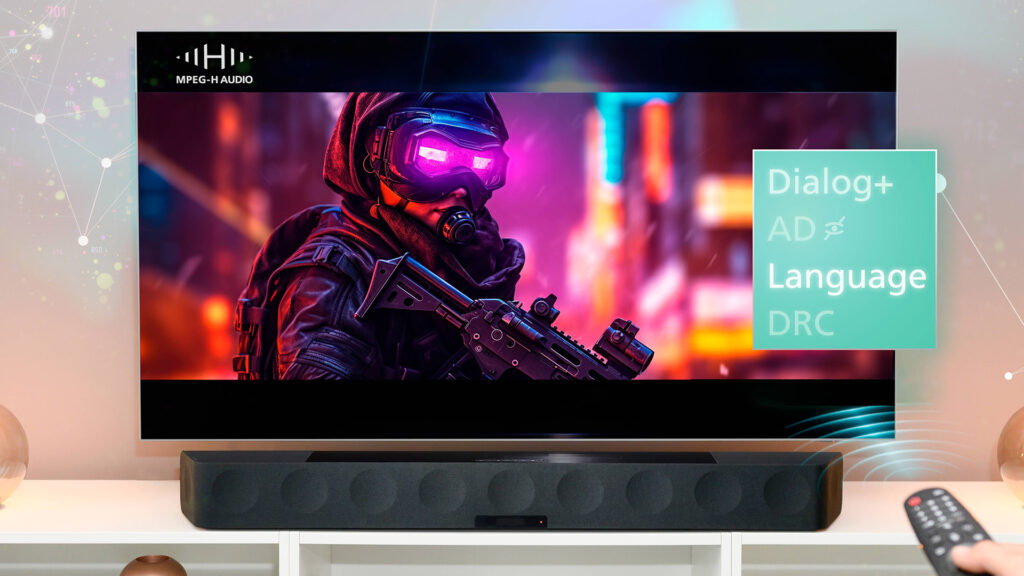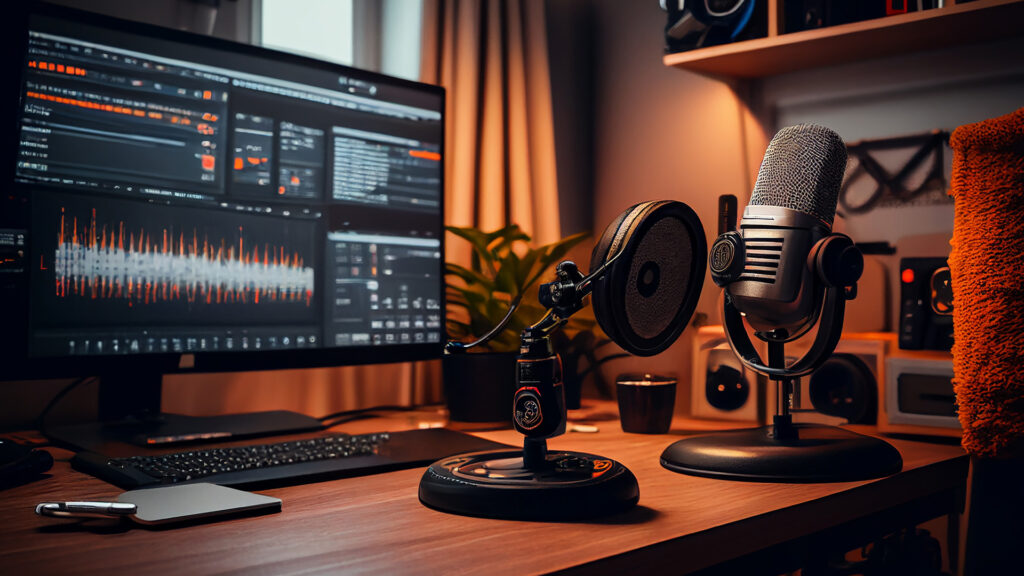Broadcast & Streaming
Future-proof Broadcast and Streaming
Broadcasters and streaming services want to provide content with customizable, immersive sound to their increasingly fragmented on- and offline audiences. With MPEG-H Audio, it is now possible to deliver state-of-the-art 3D-sound that consumers can adapt to their preferences and requirements. Thanks to the advanced production process and tools, the increasingly popular technology can be implemented easily and without the need for substantial investments.
MPEG-H Audio goes beyond usual mixes: It delivers a unique, immersive sound experience that can be personalized through presets and flexible controls for audio objects like commentators and languages as well as advanced accessibility options including audio descriptions and dialogue enhancement.


Maximum Accessibility
Providing content that is accessible for the majority of people is a challenge that any content creator faces today. MPEG-H Audio provides a toolset that addresses this issue and helps automate the process of making content more accessible. The Dialog+ production technology uses AI to process legacy content so that the loudness ratio between speech and background sounds can be adapted. Thanks to the object-based approach of MPEG-H Audio, Audio Description and alternative language versions including simple language can be added and edited while creating new content.
Seamless Control
Tomorrow’s broadcast experiences are all about customization. MPEG-H Audio enables you to deliver the smooth audiovisual experience your viewers expect. Ad replacement can be synchronized down to the video frame, content can switch back and forth between channel formats, viewers can change commentators or languages – all without glitching, restarting the stream, or unexpected playback control pop-ups. MPEG-H Audio metadata lets you update UI elements dynamically, presenting only relevant presets and controls to your viewers.


Language Selection
Many of today’s TV shows and films are created with an international audience in mind. Traditionally, however, each language version requires its own data package. This can result in the amassing of data on providers’ servers and complex selection and switching processes for user and provider alike. MPEG-H Audio solves these issues all in one go. Thanks to its advanced personalization options, all audio versions can be grouped together with one video. This results in huge data savings, enables providers to create new offers for their audiences, and can improve the selection process for viewers.

Integration
Take a deep-dive into the MPEG-H Audio universe and explore tools for every stage of your journey.

Demo Content
Demo sessions and assets for an object-based project in your favourite DAW.

